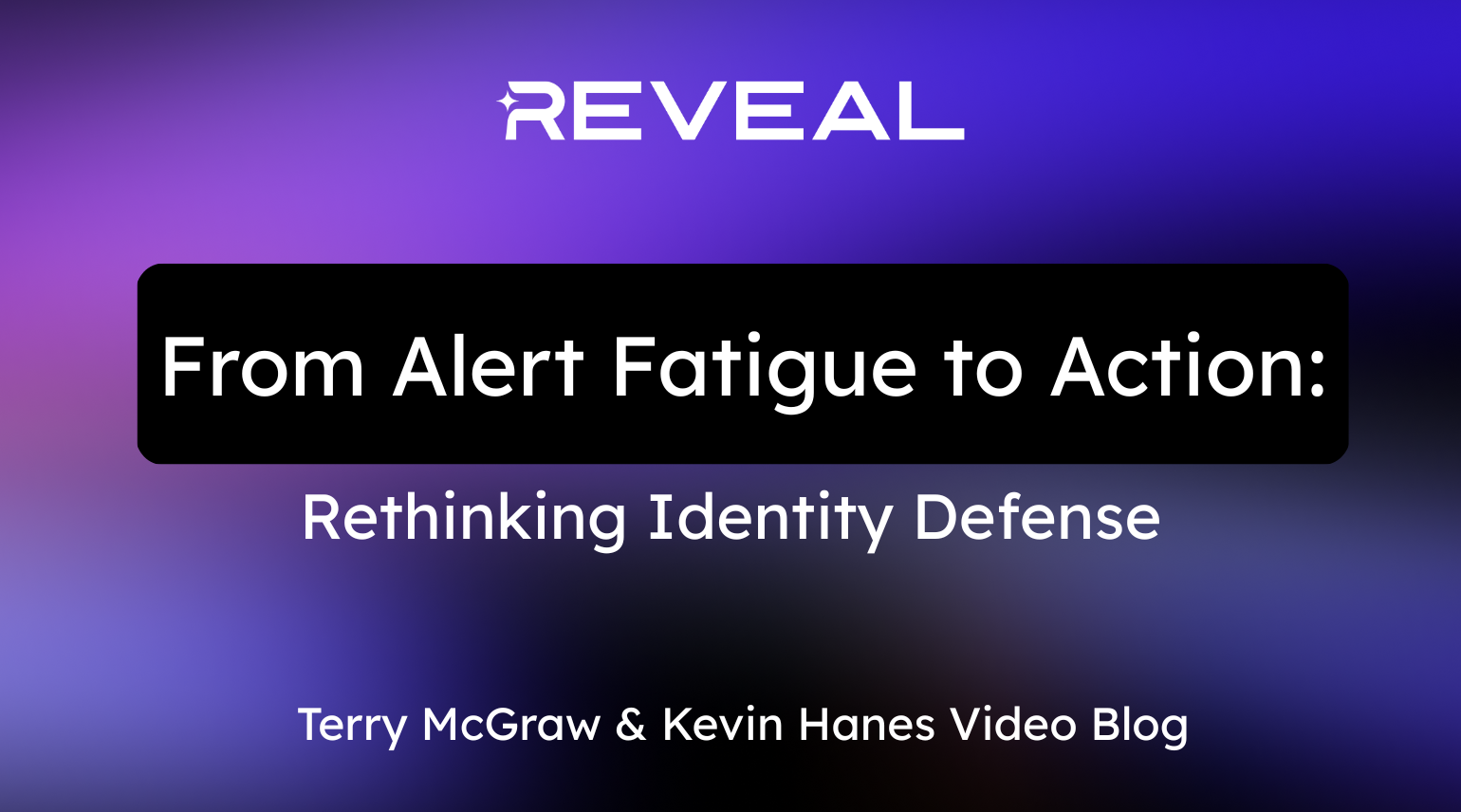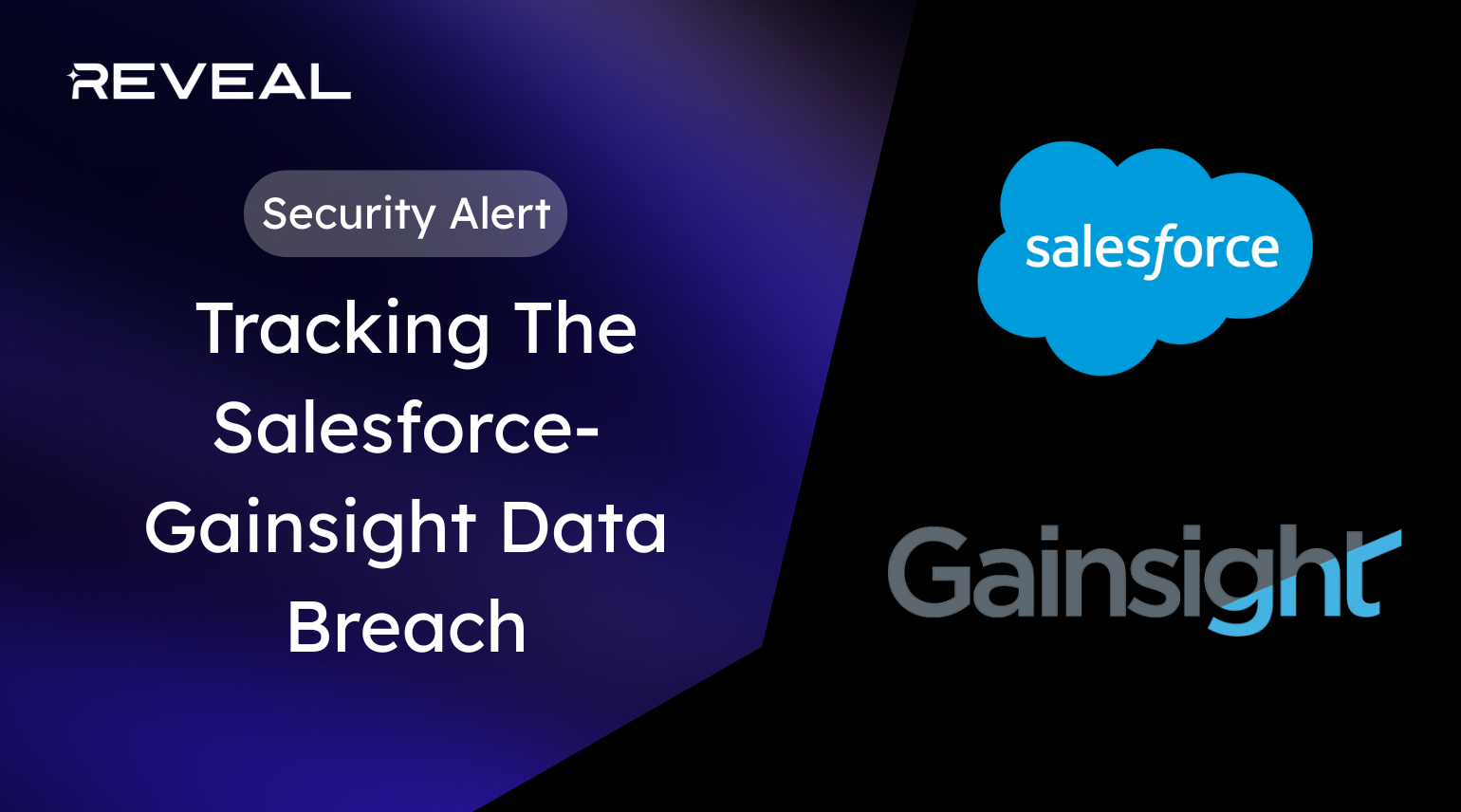When the University of Pennsylvania confirmed that hackers had accessed donor data, internal memos, and personal information, it looked like another unfortunate breach in higher education. But the details tell a more revealing story – one that mirrors how most modern attacks actually happen.
This wasn’t a sophisticated exploit of a network or server. It was a successful impersonation — an identity compromise that let the attacker log in instead of break in.
And now, with a class-action lawsuit alleging that Penn’s weak authentication controls amounted to negligence, we’re seeing how quickly an identity breach can turn into a legal, reputational, and operational crisis.
How the Attack Likely Happened
Public reporting and open-source threat intel point toward Penn’s Salesforce Marketing Cloud instance as one of the systems used in the breach. Domains like connect.upenn.edu, and bounce.connect.upenn.edu, appear to route through Salesforce infrastructure. Reddit threads have also speculated that credentials from a connected system – possibly the university’s “MyPenn” portal – were leveraged to access that environment.
If that’s accurate, the story is all too familiar. An attacker gains access to a legitimate account through credential theft, phishing, or password reuse. That account, authenticated via SSO, opens doors to multiple cloud platforms. From there, lateral movement is simple – because every action looks legitimate.
No malware. No exploit. Just valid credentials doing abnormal things.
Why SSO Doesn’t Eliminate Risk – It Centralizes It
Single Sign-On was meant to simplify user access and strengthen authentication. In practice, it often concentrates risk in one fragile layer.
If the SSO provider – or a linked portal like MyPenn – enforces weak password policies, lacks strong MFA, or has loose reset procedures, that single point of failure can cascade into full organizational compromise.
Many university systems are managed by distributed IT teams or even student workers, which makes consistent hygiene even harder. Password resets over email, shared credentials, and loosely enforced MFA are common. Once attackers capture one of those accounts, they inherit the trust chain – from the student portal to Salesforce, to cloud storage, to donor databases.
That’s not a theory. It’s the modern identity kill chain, and Penn just lived it.
The Real Lesson: Attackers Exploit Trust
Account Takeover (ATO) attacks are the most common breach pattern we see today. The perimeter isn’t the network anymore – it’s the user.
Yet most organizations still rely on security models built around the question, “Is this login valid?” rather than “Is this behavior normal?”
That’s why identity compromise is so effective. Once inside, attackers use legitimate credentials and move quietly across SaaS platforms, email, and cloud systems. Each action blends into the noise of normal operations.
Detection must happen after authentication — by understanding behavior, not just credentials.
What Security Leaders Need to Do Next
- Model identity behavior across systems. You can’t rely on static rules or role-based access alone. They’re too brittle for today’s dynamic SaaS environments.
- Detect anomalies in how accounts are used, not just when they log in.
- Map identity attack paths. Understand how one compromised credential could cascade through your cloud stack.
Identity is now the attacker’s primary weapon and it’s time security teams defend accordingly.
Where Reveal Security Fits
At Reveal Security, we help organizations detect when legitimate users start behaving illegitimately. Our AI-driven behavioral analytics model identity activity across SaaS and enterprise applications, finding the subtle shifts that signal compromise – before the attacker can do damage.
The Penn breach isn’t just a university problem. It’s a mirror for how every modern enterprise can be breached today: by trusting authentication too much, and visibility too little.
To learn more, explore the Reveal Platform here.









